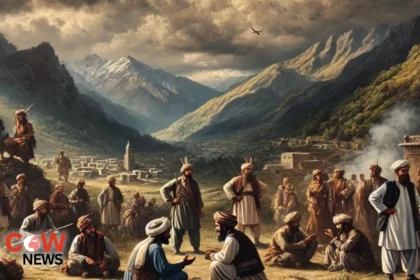The history of conflict between Pakistan and India is marked by the bloodshed of war, territorial disputes, and political tension. The two countries have fought multiple wars since their independence, the most significant of which were the wars of 1947, 1965, 1971, and 1999. These wars were not only fought on the battlefield but have continued to affect the political, economic, and humanitarian landscapes of both nations.
Here is a detailed analysis of the four major wars between Pakistan and India, their causes, outcomes, and the impact they had on the region.
1. First War: 1947-1948 – The Kashmir Conflict
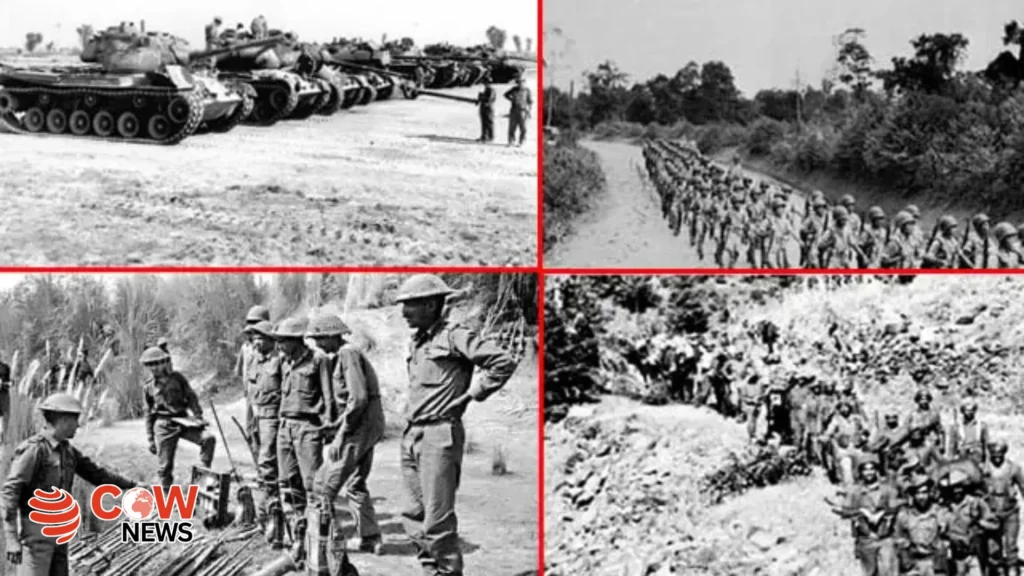
When British India was partitioned in 1947, it was divided into two independent nations, India and Pakistan, based on religious lines. However, 562 princely states, including Jammu and Kashmir, were left to decide whether they wanted to join India or Pakistan. Kashmir, a Muslim-majority region, was ruled by Maharaja Hari Singh, a Hindu. Pakistan desired Kashmir’s accession, but India, under pressure from the Maharaja, claimed control after the latter signed an agreement for military aid.
In October 1947, tribal militias from Pakistan, later supported by the Pakistan Army, advanced into Kashmir. Maharaja Hari Singh, seeking help from India, signed the Instrument of Accession, leading to Indian military intervention.
The war lasted for several months, and a ceasefire was brokered by the United Nations on January 1, 1949. As a result, Kashmir was divided into two regions, one controlled by Pakistan (Azad Kashmir) and the other by India.
Casualties:Around 1,500-2,000 military personnel were killed, with thousands of Kashmiris displaced.
The Kashmir dispute remains a central issue in Pakistan-India relations and has been the cause of subsequent wars and ongoing tensions.
The war led to a division that has never healed: “When the country gained freedom, it paid a heavy price in blood, but the wound of Kashmir never healed.”
2. Second War: 1965 – Operation Gibraltar and the Lahore Front
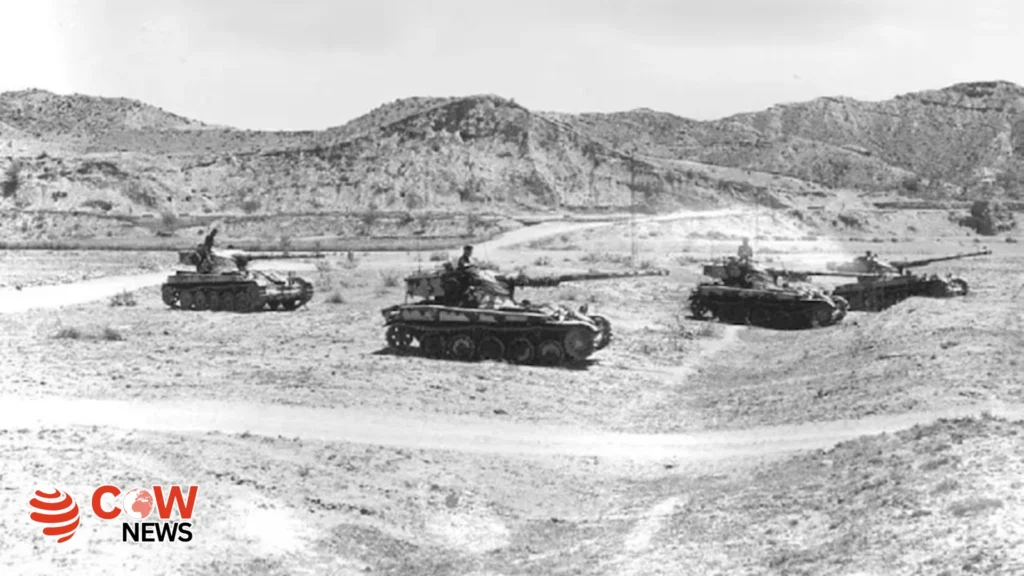
In 1965, Pakistan believed that India was weakened by its recent conflict with China and that the Kashmiri people were dissatisfied with Indian rule. Under this assumption, Pakistan launched “Operation Gibraltar,” sending infiltrators into Indian-controlled Kashmir to incite a rebellion against Indian rule.
India perceived this action as an act of aggression and, on September 6, 1965, crossed the international border to launch an attack on Lahore and Sialkot. This escalated into full-scale war, with heavy fighting on the western front.
Chowinda: One of the largest tank battles in history.
- Lahore Front: A significant civilian effort to defend the city against the Indian advance.
The war ended in a stalemate, with no significant territorial changes. A ceasefire was brokered by the United Nations on September 22, 1965, and the Tashkent Agreement was signed in January 1966 between Pakistan’s President Ayub Khan and Indian Prime Minister Lal Bahadur Shastri.
Approximately 3,800 Pakistani soldiers and over 3,000 Indian soldiers were killed.
Although no decisive victory was achieved, Pakistan considered it a moral win, while India was affected by the sudden death of Shastri in Tashkent, which sent shockwaves through Indian politics.
“The war ended with no winner, but it was a conflict where blood was shed for no reason. Yet, political pride remained.”
3. Third War: 1971 – The Tragedy of East Pakistan
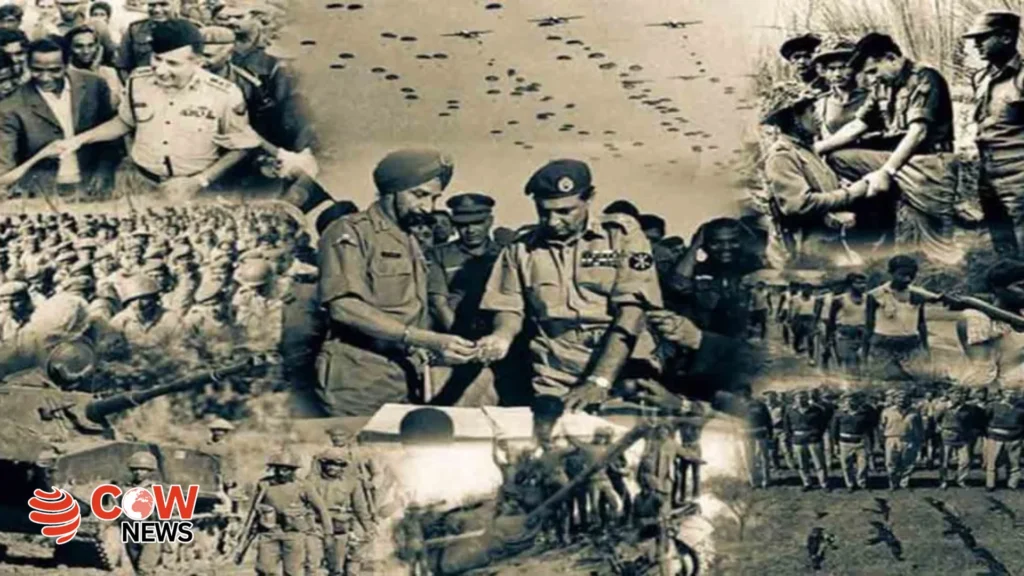
In 1970, the Awami League, led by Sheikh Mujibur Rahman, won a landslide victory in the general elections in East Pakistan (now Bangladesh). However, the transfer of power was delayed, leading to widespread unrest. The Pakistani military, under General Yahya Khan, launched a crackdown, which led to a full-scale rebellion in East Pakistan. India, seeing an opportunity, began supporting the Mukti Bahini (Bangladeshi freedom fighters).
On December 3, 1971, India launched a formal attack on Pakistan, triggering war on both the eastern and western fronts. The Indian military, along with Mukti Bahini fighters, besieged Dhaka, the capital of East Pakistan.
On December 16, 1971, Lieutenant General A.K. Niazi of Pakistan surrendered to Indian General Jagjit Singh Aurora, marking the largest surrender in military history, with 93,000 Pakistani troops taken prisoner.
East Pakistan was declared an independent country and renamed Bangladesh. This was Pakistan’s most significant military and political defeat.
Casualties:
- 8,000-10,000 Pakistani soldiers
- Over 300,000 civilians killed (estimates vary)
- Millions of refugees were displaced.
The war reshaped Pakistan’s political landscape, leading to the rise of Zulfikar Ali Bhutto. Indian Prime Minister Indira Gandhi emerged as a victorious leader, while the war left lasting scars on the region.
“The war left us broken, but blood keeps flowing, as injustice and oppression continue to take their toll.”
4. Kargil War 1999 – The Battle in the Mountains
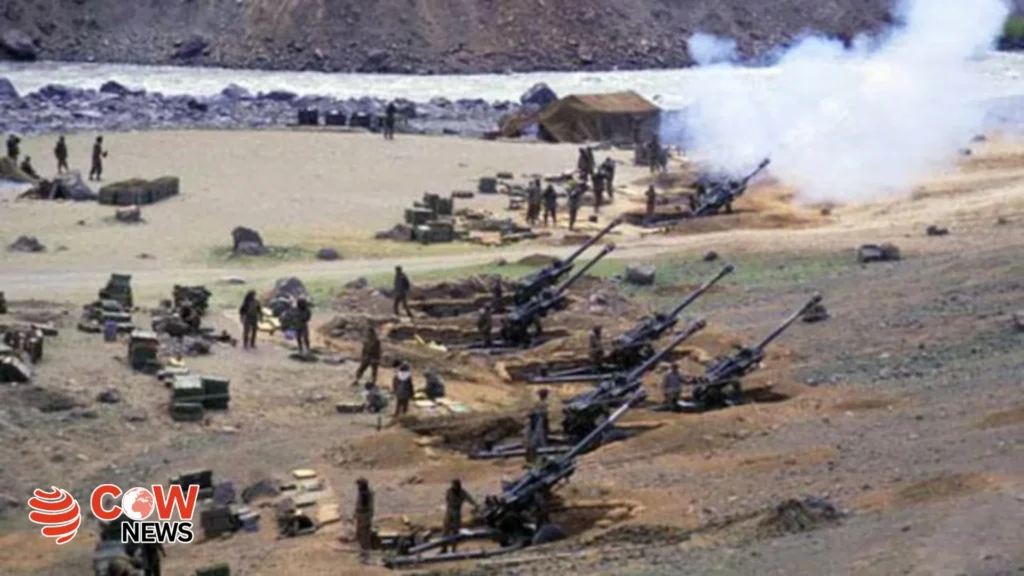
In 1999, a group of Pakistani soldiers, along with militants, reportedly infiltrated the Kargil region, located in the northern part of the Indian-administered Jammu and Kashmir. Their aim was to cut off India’s supply lines to the Siachen Glacier and apply military pressure on India.
India soon discovered the infiltration and launched a massive military operation to reclaim the territory. The war was fought in the rugged mountains, with heavy artillery, airstrikes, and advanced technology used in combat.
The Indian Army successfully recaptured the territories occupied by Pakistan. International pressure, particularly from the United States and President Bill Clinton, forced Pakistan to withdraw its forces.
Pakistan faced political and military embarrassment, and General Pervez Musharraf, who was in charge at the time, later took power in a military coup that ousted Prime Minister Nawaz Sharif.
India: 527 soldiers
- Pakistan: Approximately 357 soldiers (official figures), though unofficial estimates are higher.
The Kargil War severely strained Indo-Pakistani relations, but it also led to subsequent peace talks and diplomatic efforts, albeit with limited success.
“In the cold mountains, the fire of hatred continued to burn, claiming lives on both sides. Two nations’ stubbornness took the lives of countless young soldiers.”
In these four wars, millions of lives were lost, and countless others were affected. Children were orphaned, mothers lost their sons, and entire families were displaced. The countries chose to prioritize conflict over cooperation, and the bitter animosity led to immense suffering.
But the question remains: How long will this cycle of hatred and bloodshed continue? Is it not time to learn from history, to cool the fires of enmity, and to strive for peace?
History teaches us that no nation truly wins a war. Instead, humanity loses every time. We can only hope that Pakistan and India will eventually turn their eyes to peace, so future generations may inherit stories of friendship, not enmity.
As poet Faiz Ahmed Faiz beautifully said:
“May peace descend on our beloved land,
Where the flowers bloom, and the threat of decay is no more.”
In war, there is no victory. All suffer.
By Faizan Hussain






